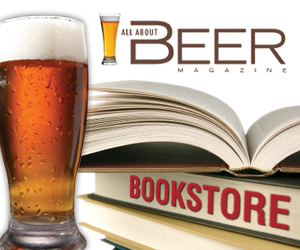Arabashiri (although SakéOne does not call it that) is only occasionally available at any saké brewery. Arabashiri is produced by drawing off fresh saké at the end of the main moromi ferment with a light press and separation from solids) and it is always at genshu (full) strength. American-owned SakéOne, is a thoroughly modern, fiercely antiseptic, facility with touch-screen computerized operations. They offer several fine, award-winning saké labels found across the country in most places where saké is sold. These are fine examples of the great beer called saké.
Most of SakéOne’s production is reasonably priced at around $10 to $15 for a beautiful cobalt blue 750ml bottle containing some of America’s finest sake. All are junmai (rice only, as required by U.S. law) and best served chilled. Unfortunately, most of SakéOne’s production is kept at a relatively low 14 percent alcohol by volume level, because it is marketed as a wine in most of the country; whereas one expects saké to be at the same level as that in Japan, 15 to 16 percent alcohol by volume.
It should be noted that we are in the “chilled” saké season which started March 3rd and continues until November 11th, after which saké is expected to be served warm at about 110 to 119 degrees F.
SakéOne’s Momokawa Silver, Diamond and Ruby, at 14 percent alcohol by volume, are fine examples of ginjo (premium saké from high-quality rice polished to less than 60 percent) with muted aromatics and an estery tail. Another favorite of mine is Momokawa Pearl Nigori Genshu, a fine dessert saké, a bit sweet with hints of coconut. But their pièce de résistance is the new Momokawa Organic Daiginjo ($20 for 750ml).
A Connoisseurs’ Bounty
We American saké enthusiasts are truly blessed these days, although, aside from SakéOne, American-brewed saké, usually served hot from machines in Japanese-American restaurants, sucks. However, the import saké inventory in this country has grown greatly with many spectacular examples of the finest qualities that the beverage offers. These newly available high-quality sakés are becoming more popular here. You could say that saké is on a roll. We have access to more and better brands across the country.
While it’s true that they are showing up mostly in traditional Japanese-related outlets, they are also appearing in non-Japanese venues: New York City, Chicago, Boston and Minneapolis to name a few. Nonetheless, the U.S. West Coast cities of Seattle, Portland, San Francisco, Oakland, Los Angeles and San Diego probably top the list. I’m guessing here, but I think that there are now close to 500 brands from mostly small and relatively rare kura (breweries) now found in major markets across the country.
Small saké-bistros (the Japanese call them izakaya—sit-down bars), each offering upwards of 20 different brands, are now appearing in major market areas. These small establishments also present some fascinating side dishes, beyond just sushi, to accompany their saké offerings. In the major metropolitan areas around San Francisco Bay, for example, there may well be over 30 such bistros.
Of late I have tasted several truly world-class sakés. My favorite was Yoshinogawa Daiginjo straight from Japan ($79) for the 720ml bottle. Well worth the price!










